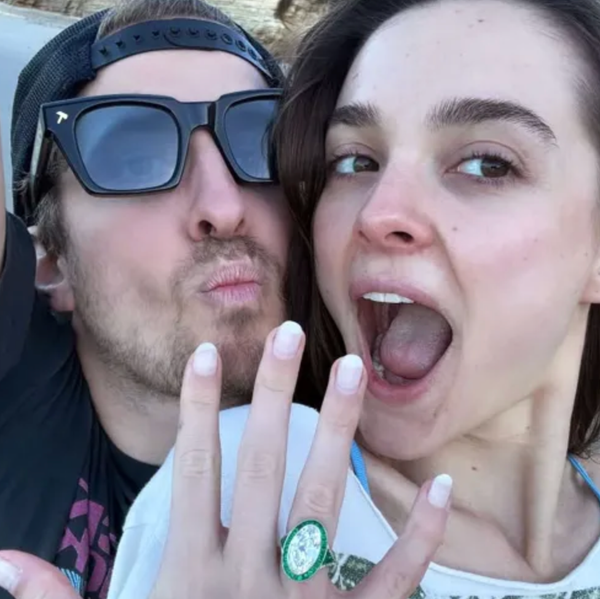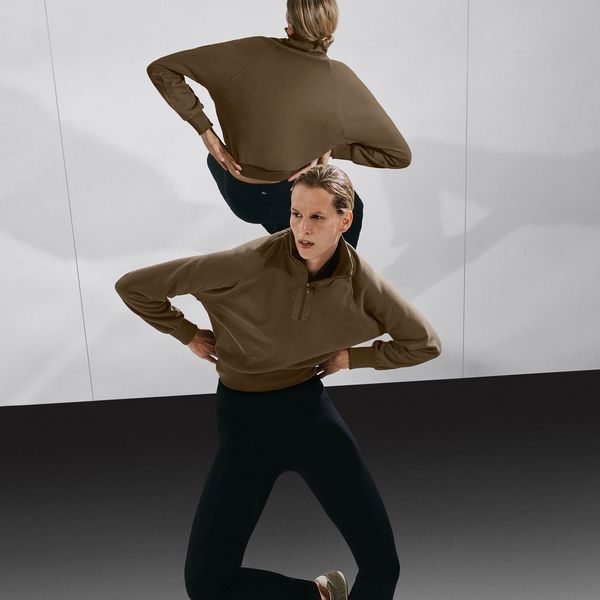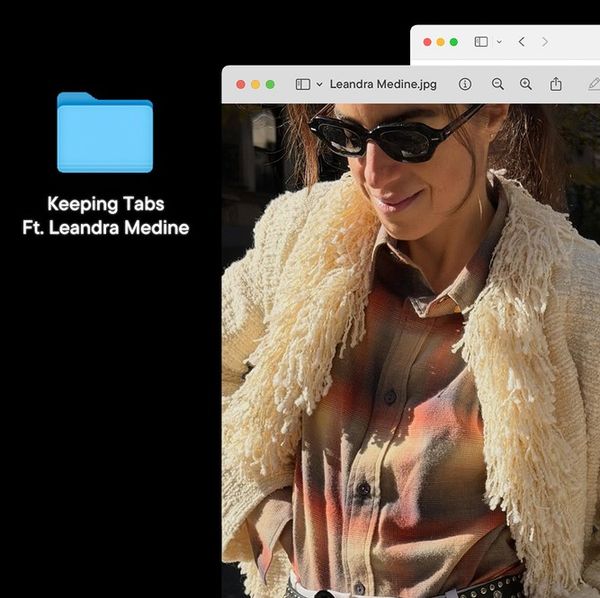Skincare Expert Vanessa Lee's 3-Day Seoul Beauty Diary
From top-secret clinics to cutting-edge treatments.
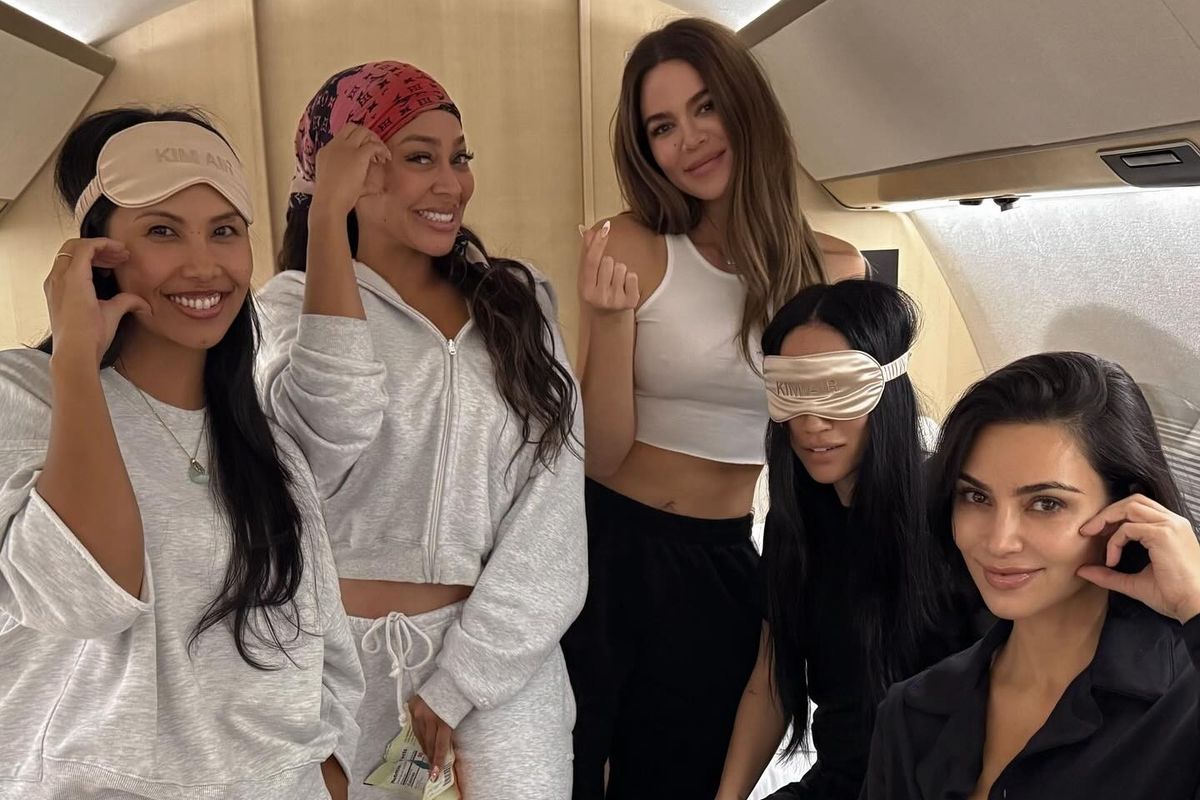
I first started following Vanessa Lee years ago, when I came upon her Instagram page and skincare studio, The Things We Do. I was entranced by her approach to injectables and aesthetics, which veered less “frozen face,” and more “you, but with eight hours of sleep"—which is probably why she’s trusted by everyone from A-list actresses to the most in-the-know beauty insiders for subtle lifting and smoothing. As an Asian woman, I also loved how she melded an "Easts meets West" philosophy and treated beauty as a whole-body endeavor, rather than just surface level. "I try to improve skin on three fronts: through targeted products, nourishing food and hydration, and emotional regulation," she says. "If your routine is flawless, but your diet drives inflammation and your stress is off the charts, topicals can’t win. Likewise, if you eat well and your nervous system is steady but sun damage and fine lines linger, smart topical care can level you up to that glass skin you have been hoping for."
Then, on a late-night scroll a few weeks ago, I came across a photo from Khloe Kardashian on a private jet with the caption "Korea" and spotted a Vanessa's familiar face next to Kim Kardashian, Steph Shep and Lala Anthony. was intrigued, but not surprised. Of course the Kardashians would want Vanessa to accompany them on a trip to Seoul, South Korea. But what exactly was she doing in Korea? And more importantly—where was she going? If there’s anyone I’d trust to uncover the most advanced skincare treatments, under-the-radar beauty clinics, and futuristic facials the city has to offer, it’s Vanessa Lee, so naturally, I reached out immediately.
I wanted to know everything—from the laser facials she tried to the under-the-radar skin clinics she visited—and asked her to keep a diary of her trip. Lucky for me (and anyone who is planning a Seoul trip), she did not hold back.
Below, she takes us inside her week in Seoul, sharing the spots that inspired her, the treatments worth flying for, and why Korea remains the global capital of glowing, glass skin.
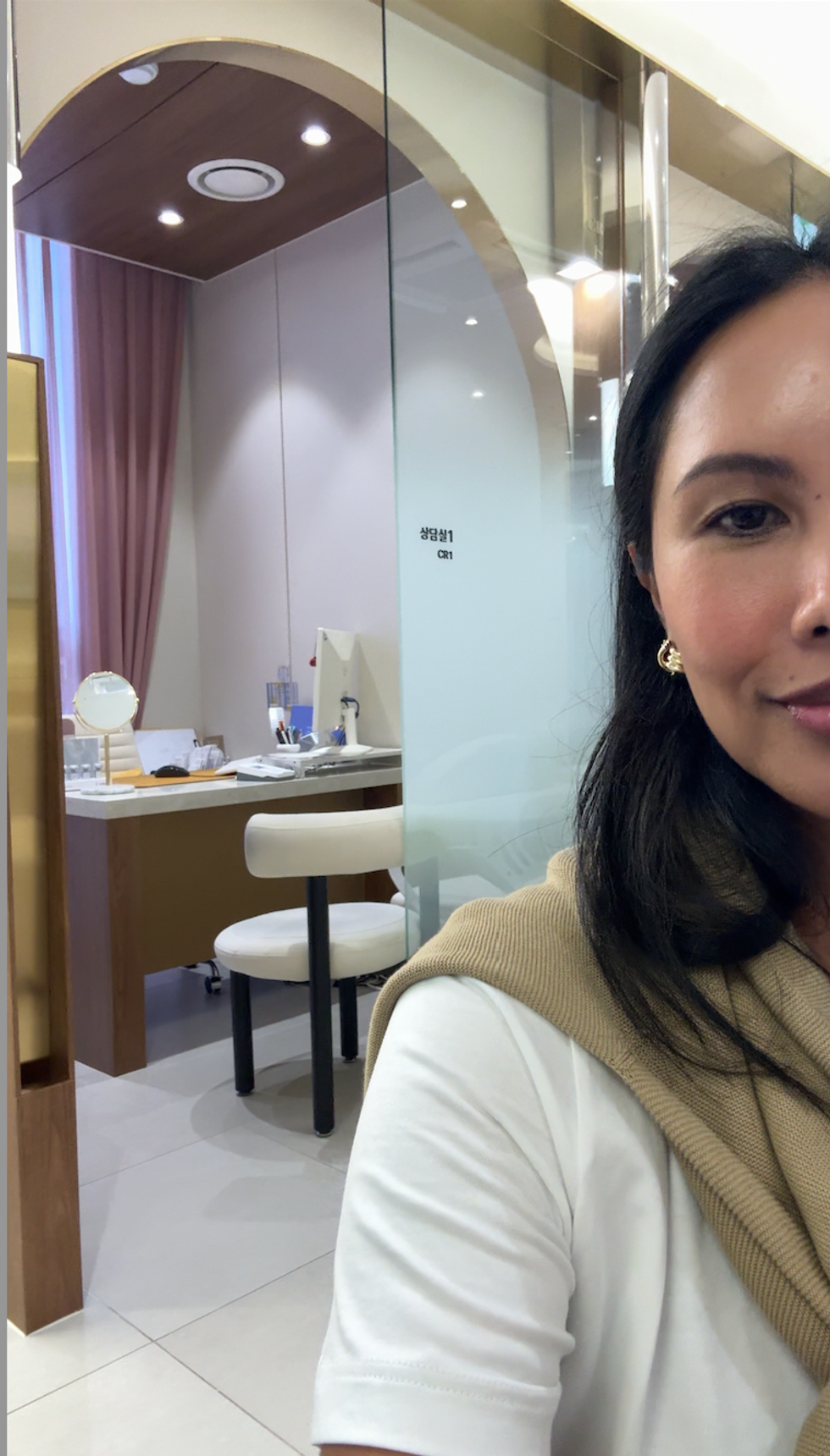
Vanessa Lee
"My first trip to Korea earlier this year was education-forward. I trained with in-demand key opinion leaders to deepen Korean-style thread techniques, skin boosters, and injectable protocols. I also experienced a few treatments myself and came home so inspired that I brought the PicoSure Pro to The Things We Do.
The most recent trip was a girls’ getaway with a syllabus. I met several doctors I’d been studying from afar and dug into best-in-class combinations for skin laxity and body tightening. I led our group with practical, expert guidance, and we focused on laser treatments for hyperpigmentation and pore refinement. Personally, I opted for the heavier lifts: threads, stem-cell–based skin boosters, and vitamin injections. It was equal parts fun and formative—exactly my idea of a good time!"
Day One: The Factory Clinic
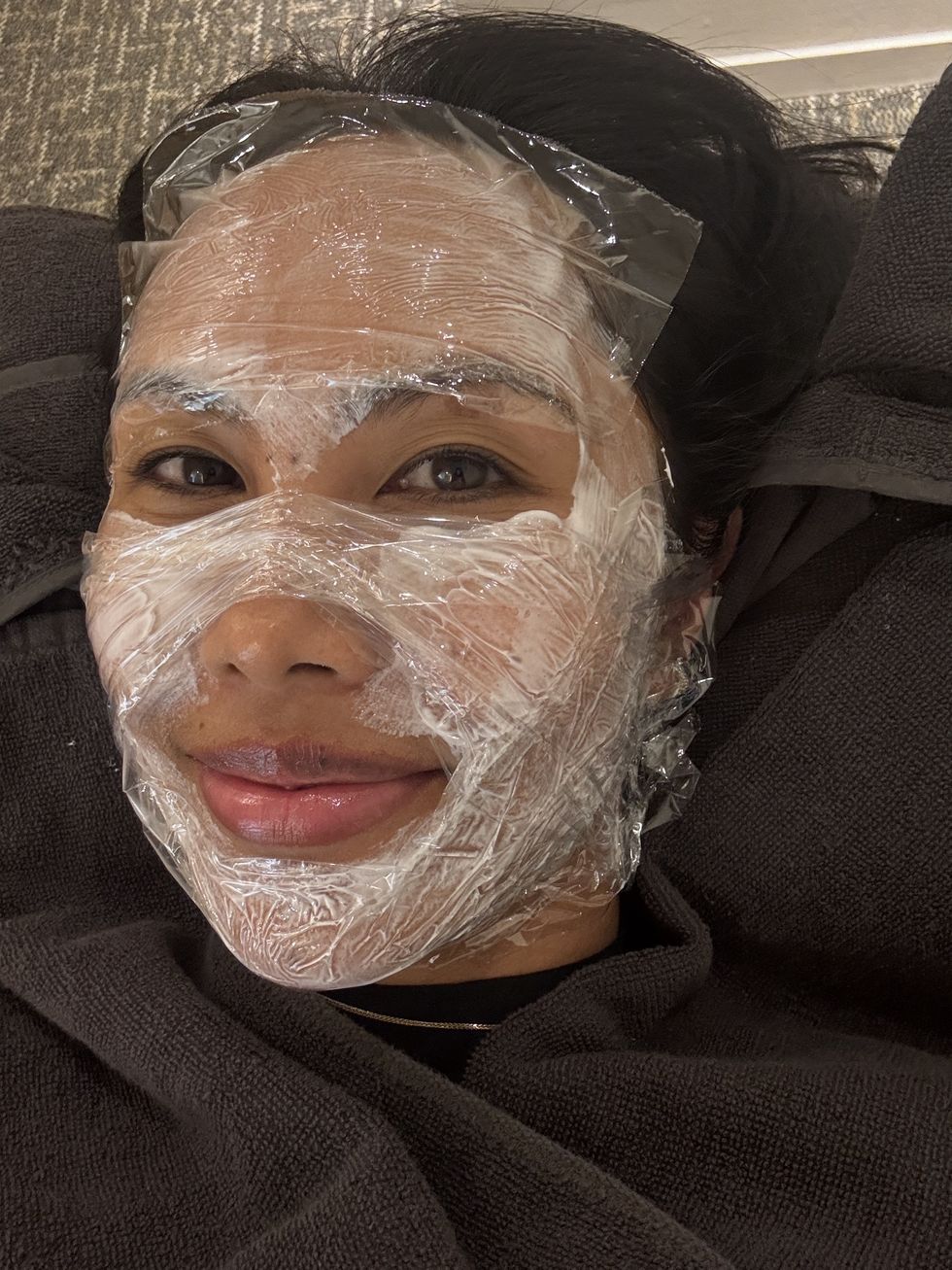
Vanessa Lee
"We visited a large-branch clinic, which can be classified as a 'factory clinic' in Korea, since it is a larger production with multiple doctors who see lots of patients. However, Lienjang in Gangnam is great quality for laser treatments (pro-tip: the 12th floor private clinic is the VIP exclusive floor, but prices are higher). In comparison to small clinics that will have a few lasers, Lienjang has almost every machine out on the market that yields quality results. It is a great and efficient way to get your PicoSure Pro done for hyperpigmentation and skin smoothing, your Titanium Lifting, your Onda body tightening, and more, all in one go for reasonable pricing. It is located in a building with an Olive Young on the lower floors, while Lienjang takes up floors 12 to 18. I love coming here.
Onda and the boosters emerged as standout [treatments for me] because of their instant results. These modalities are not yet available in the United States; and while adoption here often takes longer because of our FDA, the upside is meaningful: we can implement protocols already refined by international colleagues. For context, Rejuran is permitted domestically only for topical use; the injectable form is not FDA-approved, and administering it carries significant regulatory exposure. I’m eager for these therapies to reach the U.S., and when they do, we’ll introduce them deliberately."
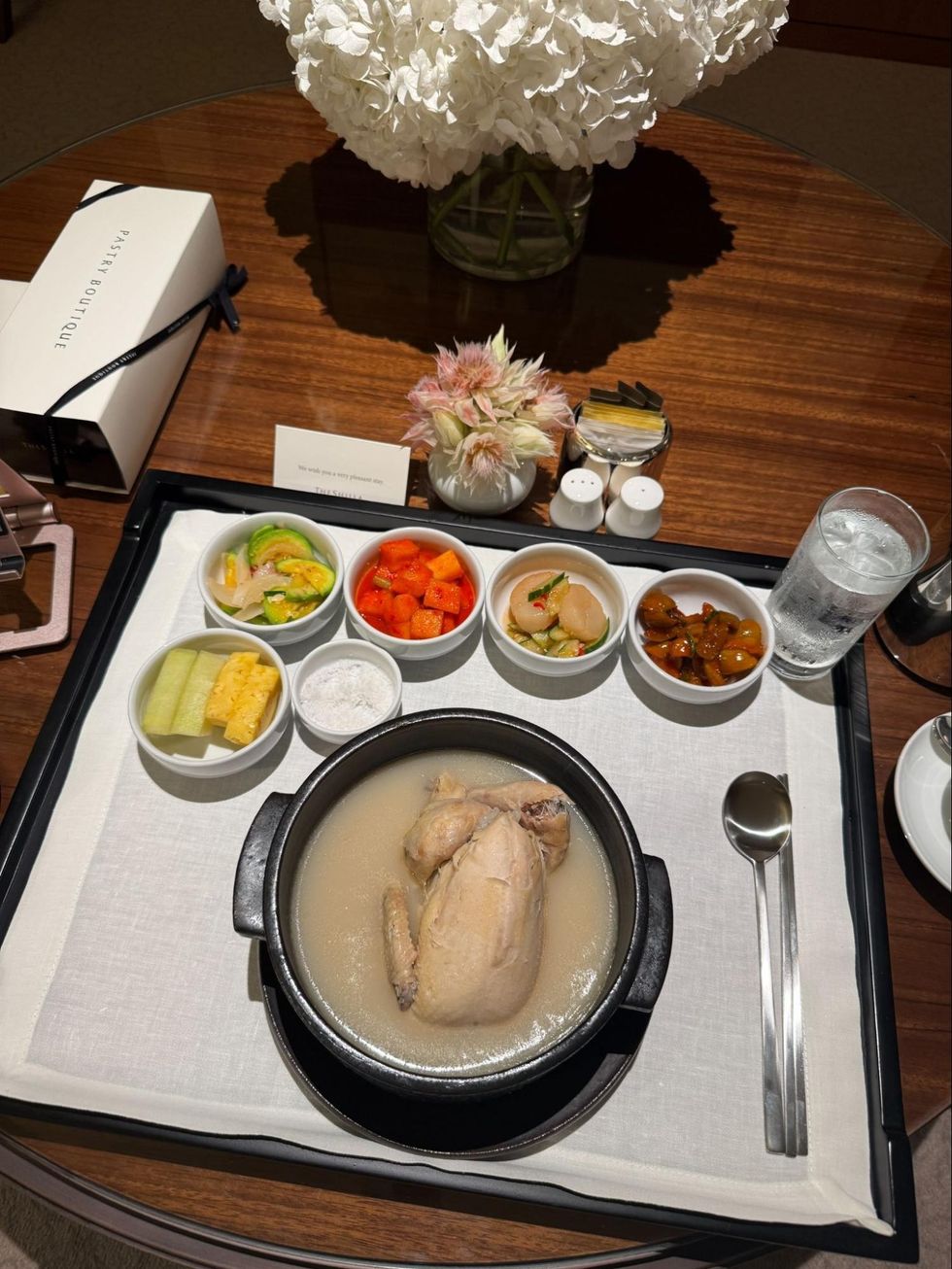
Vanessa Lee
"[My favorite part of the trip] was breakfast every morning together. Picture a table of beauty-obsessed women from wildly different worlds, And you could read our personalities by the plates; cornflakes and yogurt at one end, fish and soup at the other. We teased each other, traded treatment tips, and laughed our way through the mornings. As different as we all were, good company and a shared love of beauty made every day start bright.
Treatment wise, my favorite part of the trip is how efficient the treatments are in Korea. I asked one doctor why it is so common to do so many treatments in one visit and he explained to me that there are an over-abundance of clinics and doctors offering cosmetic skin help, so in order to attract patients and keep them for the long run, you need to be able to show a patient maximum results with one visit. The result is having your deeper tissue tightening, micro-needling, hyperpigmentation laser, and injectables all in one go. Korea is all about efficiency. Another doctor told me, 'Everything is fast in Korea.'"
Day 2: Private Clinics
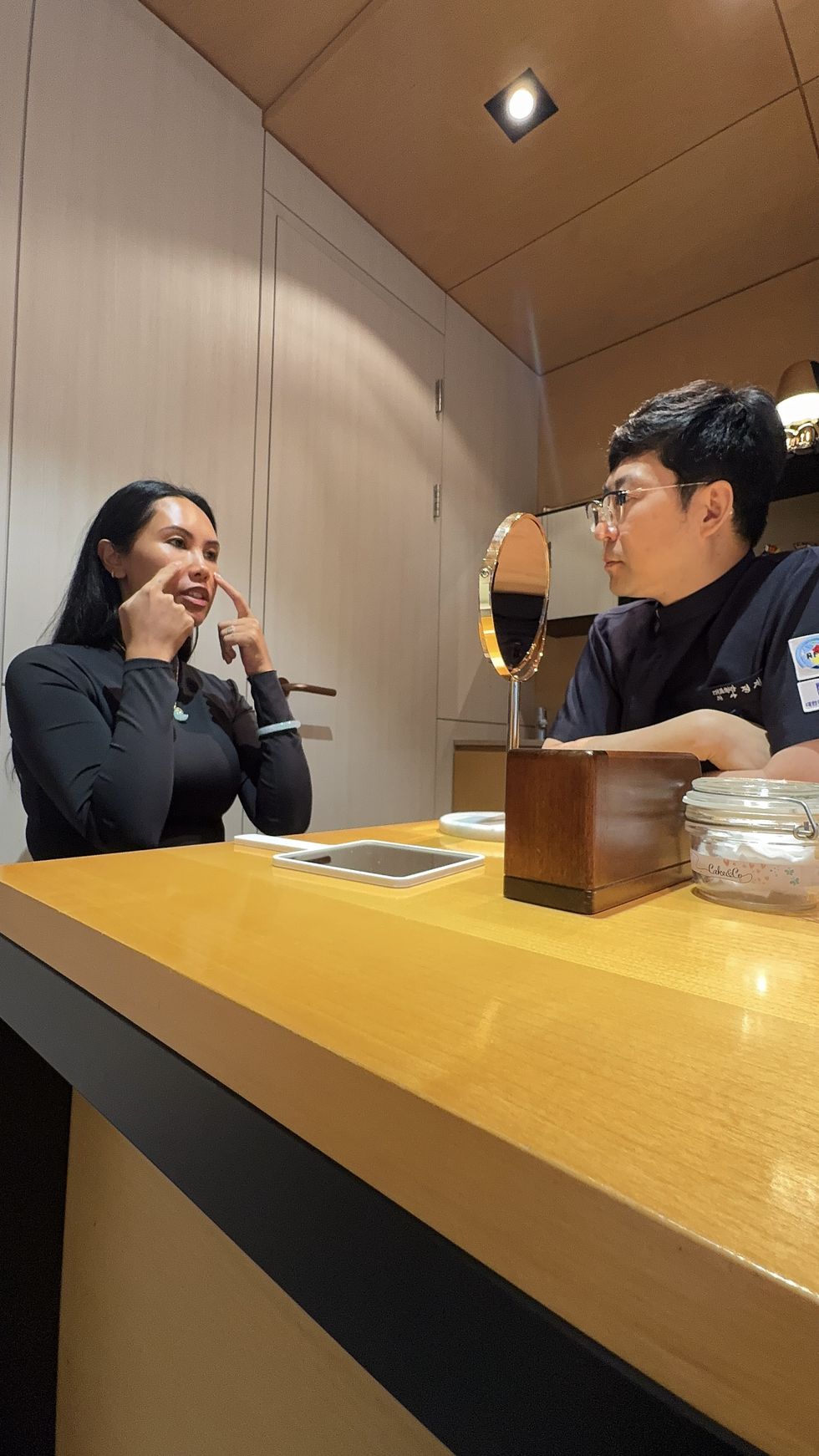
Vanessa Lee
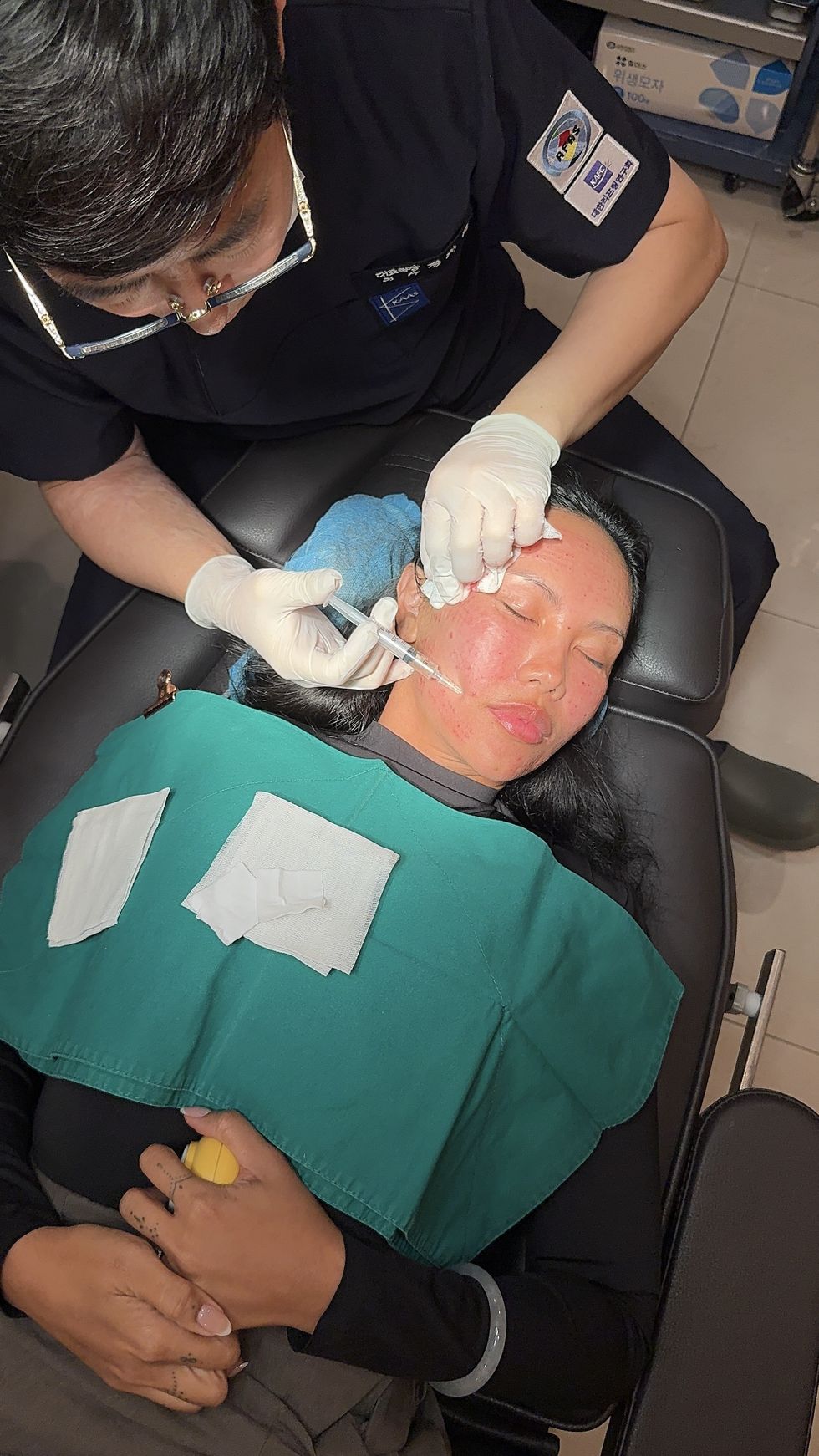
Vanessa Lee
"I visited Dr. Jung (also goes by Dr. Benjamin) at the Mielle Clinic. This is a very private clinic that only takes one client at a time and Dr. Jung is the only practicing physician. I previously had training in March with a dermatologist who taught me innovative new thread techniques, and through my research, I found out that Dr. Jung was the doctor who helped invent the threads, so I knew I wanted to see him at Mielle. At the clinic, I received stem cell injections, skin boosters, facial gland vitamin injections, and threads.
After this, I visited a clinic that was referred to me by my friend Erin who owns K-Beauty Concierge. She introduced me to a very exclusive VIP doctor who is extremely private and does not advertise anywhere because she mainly sees clients through high-end concierge referrals. She focuses on stem cell infusions, facial symmetry, body tightening and rejuvenation. I didn't have treatment done at this clinic, but I will in the future. I was very impressed by her menu of services for face and body.
In Korea, aesthetic care is fundamentally preventive: the moment you see early signs of laxity, fine lines, enlarged pores it is common to have it treated and to do it consistently. Stacked treatments over time preserve structure and skin quality, so results stay natural and youthful without the 'overdone' look. In the U.S., prevention still carries stigma, so many wait, and by doing less for longer, they ultimately need more, sooner. As Dr. Hanjin Kwon (Ultracol CEO and renowned thread specialist) told me, Korean women often delay facelifts until their 60s to 70s because steady prevention keeps them looking younger longer. In the US, lifts are trending earlier and more frequently. My takeaway: normalize thoughtful prevention so we can maintain early and correct less. Korea preserves early; the U.S. repairs after the fact."
Day 3: HOAN Clinic
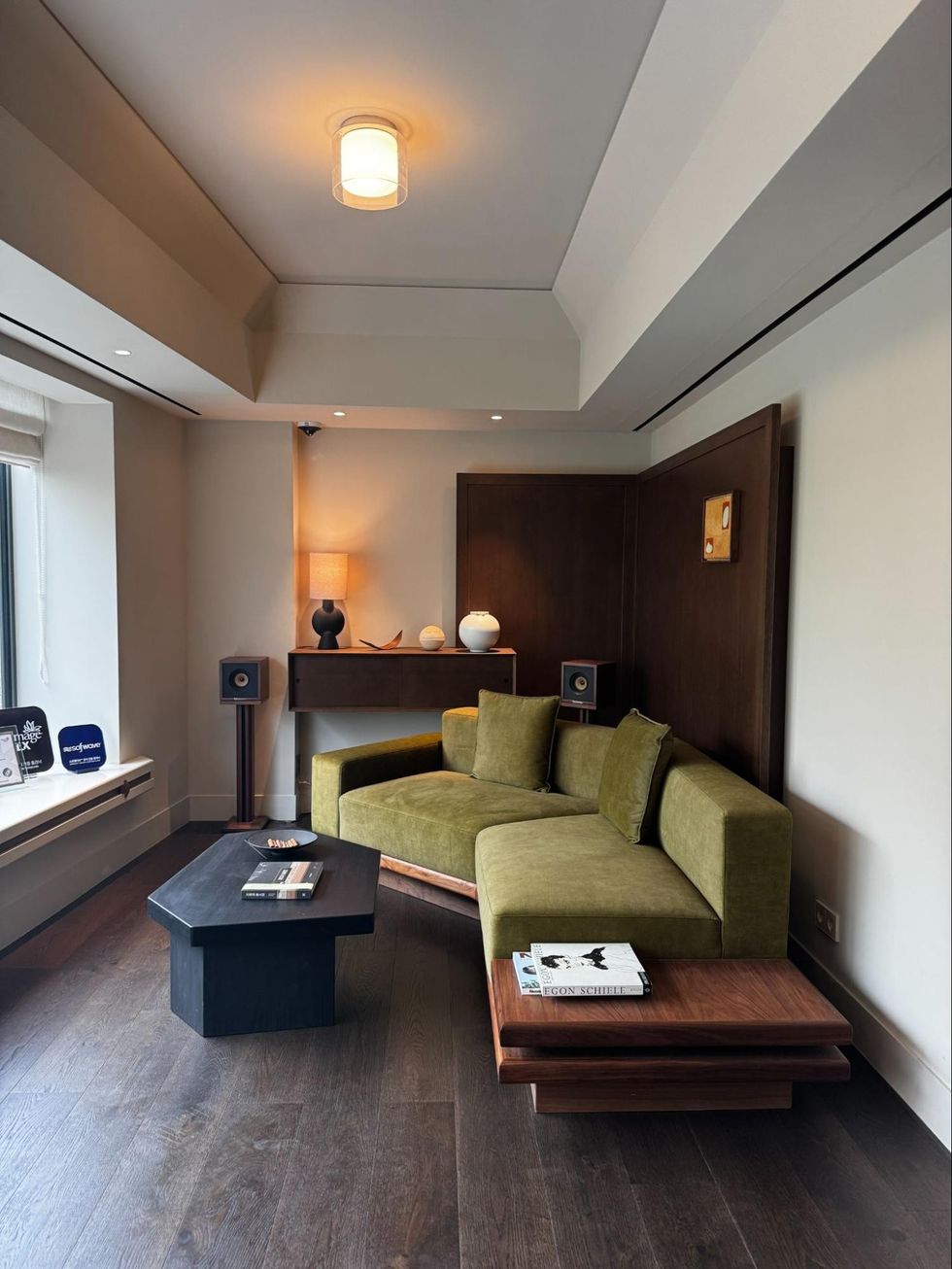 Vanessa Lee
Vanessa Lee "On our last day, I wanted to visit HOAN clinic, which is run by Dr. Choi and Dr. Lee, who were close friends in medical school and a BFF-type duo. Dr. Choi used to be the chief medical officer at a popular large clinic and wanted to create a more meaningful and artistic experience for his patients. Dr. Lee focuses on internal wellness and functional medicine ,with an emphasis on aesthetics. They provide Hemapure treatments (blood oxygenation and cleansing), specialty IVs, supplements, as well as lasers, growth factors, and skin booster injections.
[In Korea], the most-requested treatments include PicoSure for toning and treating hyperpigmentation, Onda body tightening, Titanium lifting, Ultherapy to contour fuller faces, and next-generation growth-factor therapies. Clinics prioritize lasers engineered for safety and precision across all skin tones, especially Asian skin, which is highly prone to post-inflammatory hyperpigmentation, so the tech is notably more sophisticated. And when it comes to growth factors, they’re ahead of the curve, with a wide range of approved choices and constant innovation in their pipeline with fast approval from the Korean FDA."

